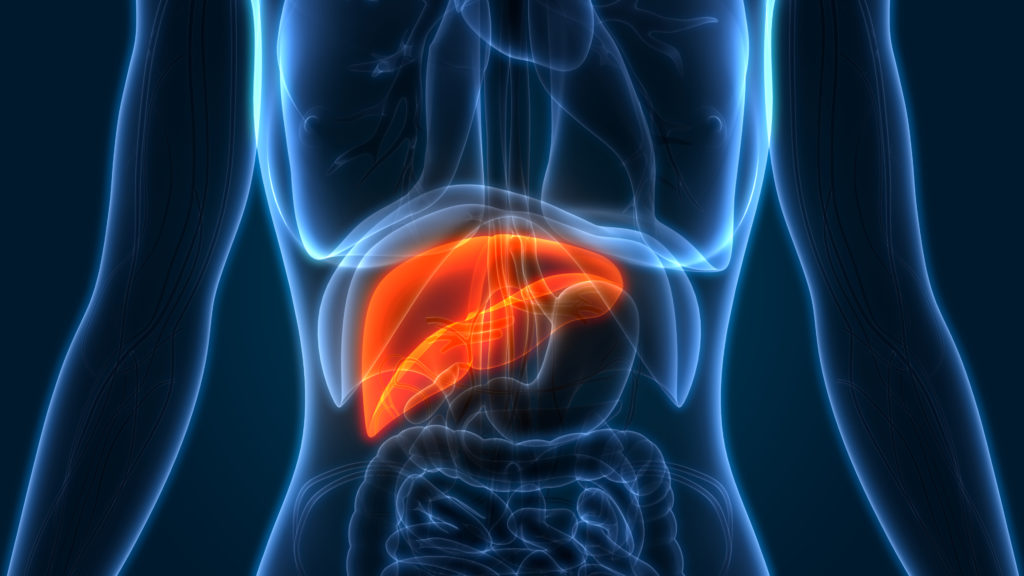We are committed to diagnosing and treating liver cancer, always with a goal of developing more effective therapies.
We evaluate many patients each year with primary liver cancer, and use every means at our disposal to treat hepatocellular carcinoma, which arises in liver cells known as hepatocytes, and cholangiocarcinoma that begins in the bile ducts within the liver.
We also treat many types of benign liver tumors well as a rare type of liver cancer called fibrolamellar-hepatocellular carcinoma.
In order to reach a diagnosis for liver, biliary, or pancreatic disorders, we take a thorough medical history in order to be as accurate as possible. We’ll ask questions and make note of any symptoms you may have experienced as well any other pertinent information.
A physical examination is also done to help assess the problem more completely.



